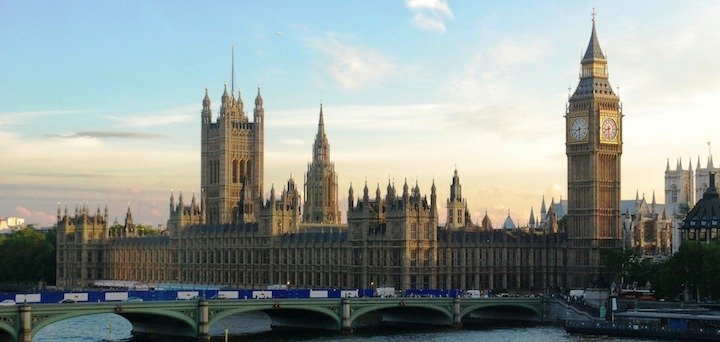A joint briefing today by the Institute for Fiscal Studies (IFS) and the Institute for Government (IFG) accompanied the publication of the IFS’s report “The outlook for the 2019 Spending Review”.
The report and the briefing looked at the possible outcomes for the upcoming Spending Review, which could be announced as early as the Spring Statement on 13 March.
The timing of the review and the period it will cover are uncertain.
The Spring Statement will contain the most recent official economic and fiscal forecasts, and so could be the time when the chancellor announces the ‘envelope’ for this year’s Spending Review – the overall amount of money to be made available.
The chancellor could wait until more is known about Brexit and its effects on the economy, which would then suggest some time before the summer to announce the envelope.
The Spending Review has to be in place by the end of the year.
The 2020-21 Spending Review will allocate funding to central government departments for 2020 to 2021 as a minimum, but could go beyond that to provide a multi-year review.

Multi-year reviews have become usual, with the last review published in November 2015 covering the period up to 2019—20.
However, the lack of transparency over Brexit could well steer the chancellor to covering just one year, to provide him with greater flexibility.
The chancellor set out provisional totals for spending in the Autumn Budget for the years up to 2023-24 and these imply an overall increase in government spending.
However, this means more real-term cuts on areas other than health, defence and overseas aid, on top of the £40bn of reductions in these budgets since 2010.
The government has already committed to increase day-to-day NHS spending by £20.5bn over the next five years.
The pledge of more money to the NHS, together with other existing commitments to defence and foreign aid mean that the “path for over half of day-to-day public service spending (£156bn in 2018-19) has already been largely decided”.
The study says that the reductions for the unprotected departments, such as the Department for Environment, Food and Rural Affairs will average 0.4% each year between 2019-20 and 2023-24, compared with 3.0% a year from 2010 to now.
The unprotected government departments are therefore going to see a continuation of austerity, although at a more moderate level than in the recent past.
When asked about the likely path for the revenue support grant to local authorities, Gemma Tetlow of the IFG said that the legacy of swingeing cuts was double-edged: “Nearly a decade of above-average cuts could suggest that we will see this happen again, but there are now areas of concern within local authority services.”
Carl Emmerson of the IFS suggested that if relatively severe settlements continue, one likely way to offset this would be to grant greater freedoms on local taxation, and in particular to grant greater freedoms over local revenue raising.










